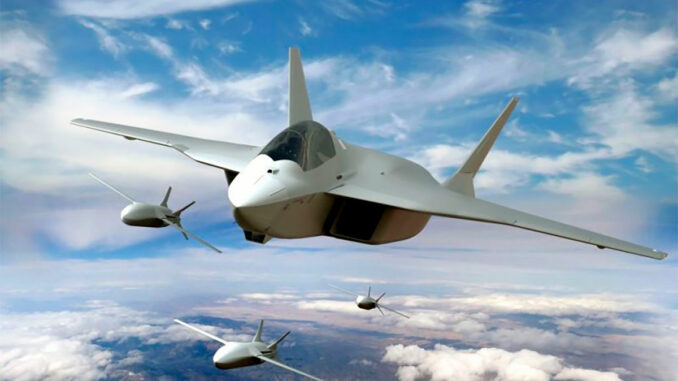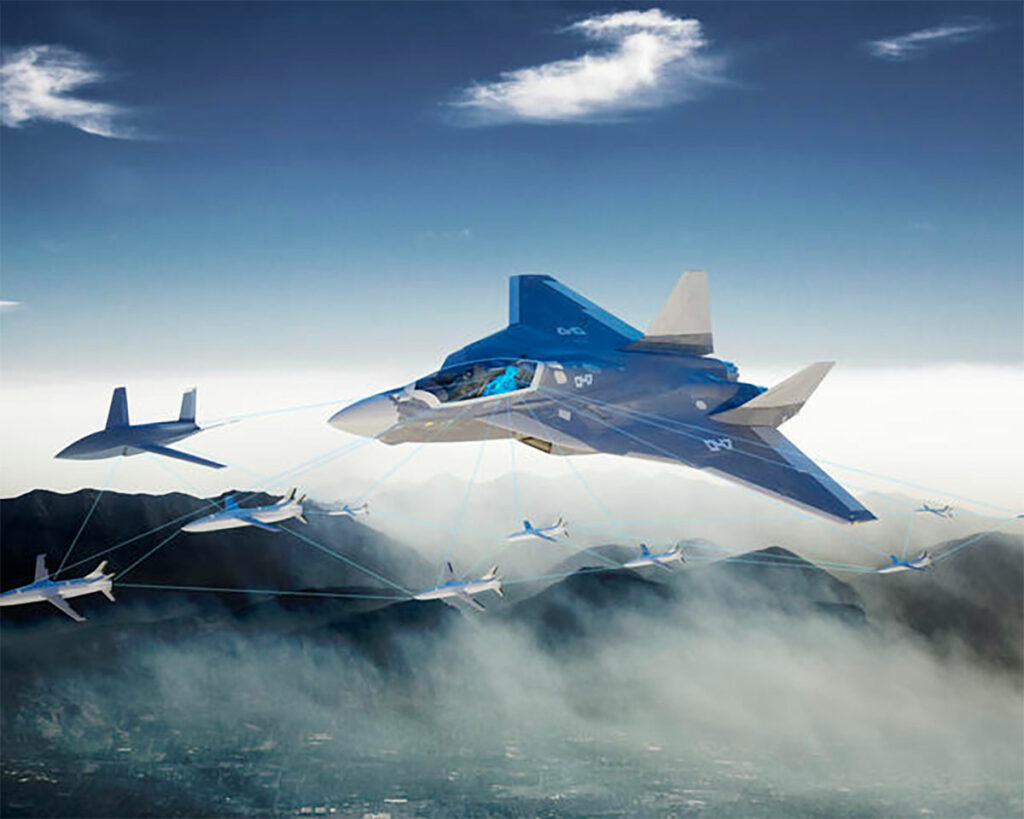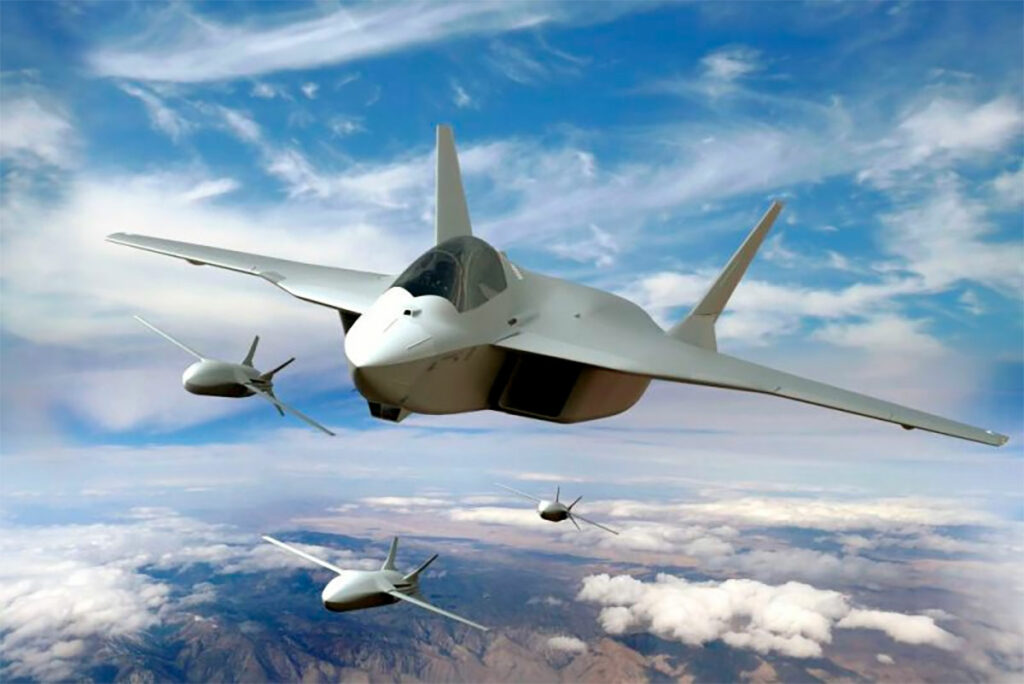
The FCAS program, aimed at developing a 6th generation European fighter aircraft, is facing major industrial tensions.
The Future Combat Air System (FCAS) is an ambitious European project aimed at developing a 6th generation air combat system. Led by Dassault Aviation, Airbus and Indra Sistemas, it includes a new generation fighter (NGF), accompanying drones and a combat cloud. Despite a €3.2 billion contract signed in December 2022 for phase 1B, persistent disagreements over task sharing and intellectual property are slowing down the program. The first flight of the demonstrator is now scheduled for 2029, with entry into service around 2040. These delays raise questions about European technological sovereignty and the ability to conduct multinational defense projects.

Industrial tensions at the heart of the FCAS program
The Future Combat Air System (FCAS), launched in 2017, is a cooperative project between France, Germany and Spain to develop a 6th generation air combat system. The core of the program is the new generation fighter (NGF), intended to replace the French Rafale and the German and Spanish Eurofighter. The project also includes accompanying drones and a combat cloud to ensure optimal interconnectivity on the battlefield.
In December 2022, a 3.2 billion euro contract was signed for phase 1B of the program, covering research, technology and overall system design. However, persistent tensions between industrial partners, notably between Dassault Aviation and Airbus, are hampering the progress of the project. Dassault CEO Éric Trappier has expressed concerns about the division of labor and governance of the program, stating that “something is not working” and calling on the states to review the management of the project.
The disagreement mainly concerns the division of responsibilities and intellectual property. While Dassault is the prime contractor for the NGF, Airbus represents Germany and Spain and holds two-thirds of the voting rights, thus limiting Dassault’s ability to run the project according to its standards. This situation has led to ongoing negotiations, slowing down the development of the program.
The strategic implications for European sovereignty
The FCAS is more than just an industrial project; it is a symbol of Europe’s desire to strengthen its sovereignty in defense matters. In a geopolitical context marked by increased tensions, particularly in Eastern Europe, Europe’s ability to develop its own defense systems is crucial.
However, disagreements between industrial partners highlight the challenges of European defense cooperation. The “geographical return” model, where each country seeks to obtain a share of the work proportional to its investment, complicates the distribution of tasks according to actual skills. This model can lead to compromises on the quality and effectiveness of the final system.
France, in particular, insists on the need to preserve its capacity to carry out nuclear deterrence missions autonomously. This implies that the future fighter must be able to operate without constraints imposed by other countries, which further complicates cooperation with partners with different priorities.

The program’s technical and financial challenges
The development of the FCAS represents a major technical challenge. The new generation fighter will have to incorporate advanced technologies such as stealth, artificial intelligence, real-time connectivity and the ability to operate in conjunction with drones. The program also includes the development of a new engine, entrusted to a joint venture between Safran and MTU Aero Engines.
In financial terms, the total cost of the program is estimated at between 50 and 80 billion euros, with an equal distribution between the three partner countries. Phase 1B, currently underway, is funded to the tune of 3.2 billion euros over a period of three years. Delays in the program could lead to cost overruns and compromise the viability of the project.
The initial schedule foresaw the first flight of the demonstrator in 2027, but industrial tensions have pushed this deadline back to 2029. The entry into service of the complete system is now envisaged around 2040, which could leave a capacity gap for the air forces of the partner countries.
The future and possible alternatives
In view of the difficulties encountered, several scenarios are possible for the future of the FCAS. One option would be to strengthen cooperation between the partners by clarifying responsibilities and adopting more effective governance. This would require compromises on both sides, particularly on the issue of intellectual property and task sharing.
Another possibility would be for France to continue developing the fighter independently, building on its experience with the Rafale and the nEUROn drone. This approach would guarantee greater autonomy, but would involve additional costs and the loss of the benefits of European cooperation.
Finally, the program could be reoriented to integrate new partners or to focus on specific areas, such as drones or the combat cloud, leaving aside the development of the manned fighter.
War Wings Daily is an independant magazine.